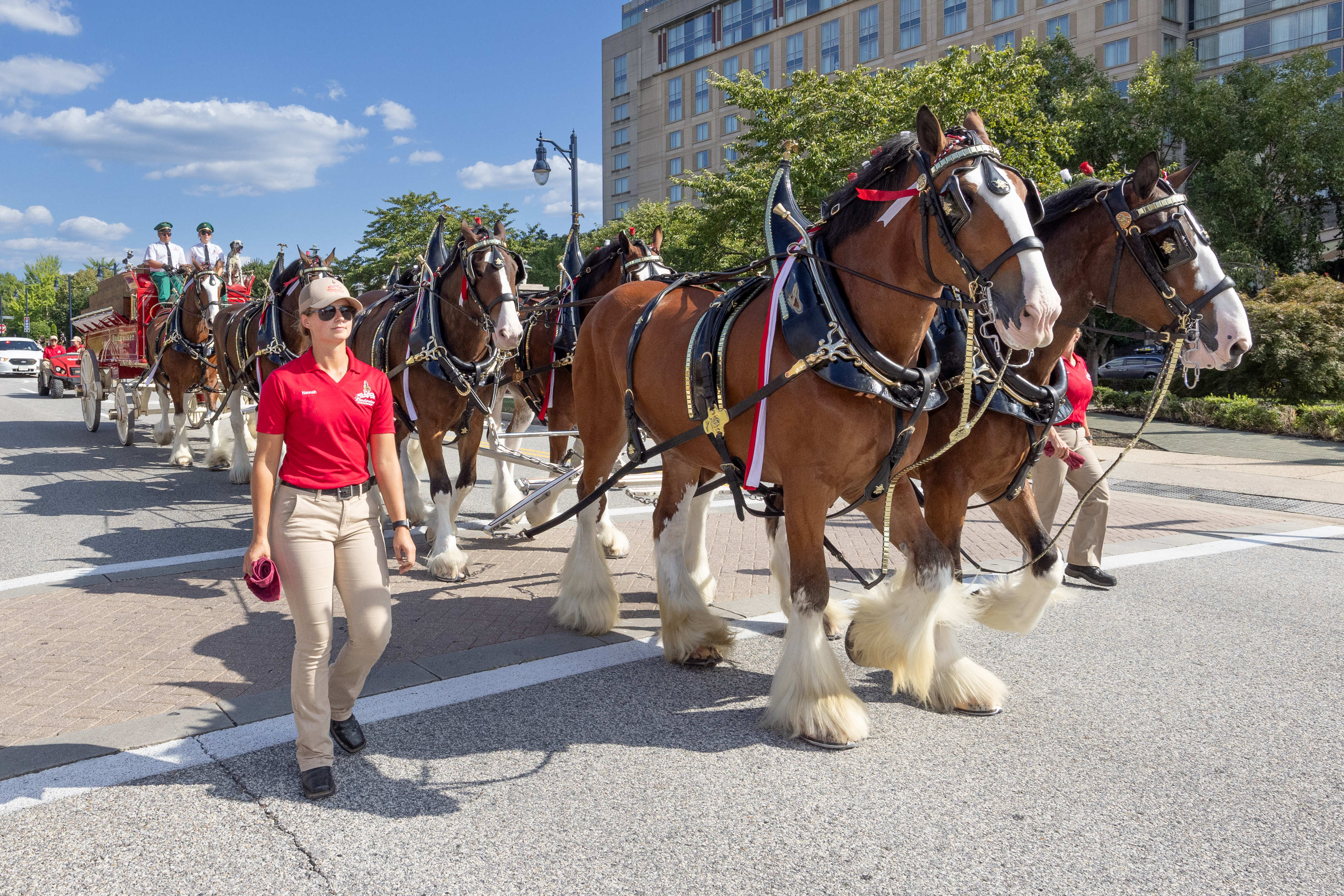Now’s not the time to give up exercise
Published 12:00 am Wednesday, February 17, 2016

- Gaudette
New Year’s is over and resolutions are either succeeding or, in most cases, fading with the holiday lights and tinsel.
Trending
Gold’s Gym has coined the term “fitness cliff,” the period after New Year’s when resolutions dissolve and exercise resolve diminishes. A study the gym commissioned found the fitness cliff to be Feb. 9. Hmmmm … five weeks of resolve!
It shouldn’t be a surprise to anyone reading this that physical activity has been proven to have a positive impact on health. It’s not a new concept; in the fifth century the Greek physician Hippocrates said, “All parts of the body which have a function if used in moderation and exercised in labors in which each is accustomed, become thereby healthy, well-developed and age more slowly; but if are unused and left idle they become liable to disease, defective in growth and age quickly.”
Statistics show 92 percent of youths and 95 percent of adults do not meet the minimum guidelines for physical activity. There is now a condition called sedentary death syndrome. Caused by an inactive lifestyle, this disease is chronic and potentially life-threatening.
Trending
A 2012 study confirms that regular exercise and physical activity are primary prevention factors in 35 chronic health conditions. It is important to highlight some of the 35 chronic health conditions that can be improved or slowed by increasing physical activity.
A recent study on Type 2 diabetics, for example, concluded that light-intensity activity with fewer bouts of sedentary behavior lasting 30 minutes was beneficial to the participants. Another study on older adults with heart disease suggests that increasing the pace of walking from 2 to 3 mph can cut risk by 50 percent.
Stroke risk can possibly be reduced by 54 percent for those who regularly walk seven blocks. Vigorous exercise produced the largest benefit to decreasing the risk of prostate cancer in another study. Vigorous exercise is defined as exercise hard enough to break a sweat.
Inactivity combined with these conditions is somewhat like a snowball rolling downhill. The longer the length of chronic inactivity, the harder it will be to start being active. Start slowly, but start.
The hardest thing to do and the easiest thing to put off is stepping into a gym or a class with other participants. Tai chi practice is beneficial for many of the conditions listed, providing not only a gentle movement activity but promoting relaxation, improving concentration, strength, balance and posture.
Taking the plunge and starting a program of slowly increased activity can best be done in the pool. This environment allows freedom of movement due to the buoyancy of the water. By just walking in the pool the body experiences both an energy-expending and muscular-strengthening workout.
Make your goals simple and attainable and always consult your physician before beginning any program.
Our society has turned our body into Volkswagen Bugs, able to drive for miles and miles on a gallon of gas. In reality, we need to make solid lifestyle changes to turn our bodies into the sport utility vehicle that needs to be filled up with gas every few miles!
— Robin Gaudette is the aquatics wellness coordinator at the Redmond Area Park and Recreation District. Contact her at robin.gaudette@raprd.org.








